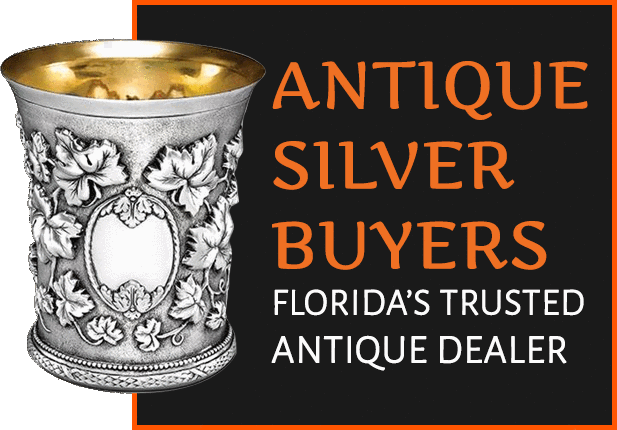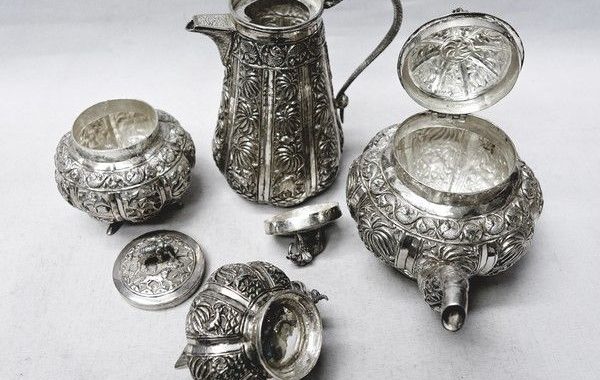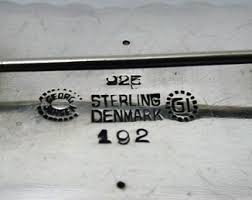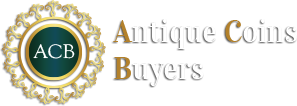Hold up just a second before you go ditching that antique silver spoon collection your Mom handed down to you, or scrapping the antique kitchenware, you might want to do a quick search for “silver buyers near me”.
There’s a world of difference between silver buyers of antique silver and scrapping, pawning, or selling silver in a yard sale. Doing some research on the subject of Antique Silverware Buying & Appraisal is worth its weight in gold.
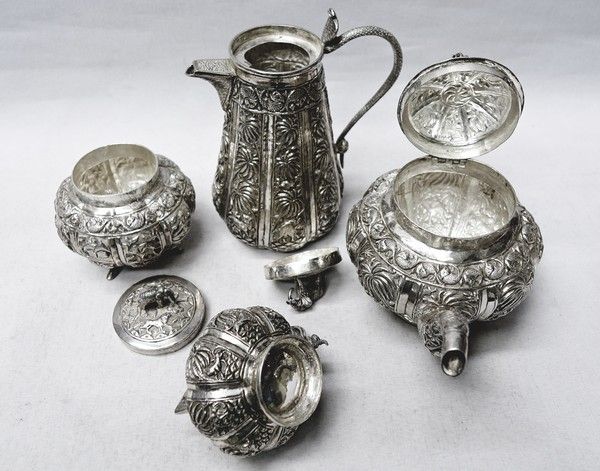
Antique Silver and Silver Tea Set Buyers
A fortune could be hidden in your parent’s (and even grandparent’s) kitchenware. Antique silver potentially has much more value than if you sell it by weight alone. Antique silverware buying and selling is big bucks when there’s a history behind the piece or pieces. Even the decorative artwork on your antique silver can boost the value. It’s best to consult a silver tea set buyer or antique silver buyer when you are in the market to sell.
Finding a Trustworthy Buyer of Antique Silver
Unfortunately, especially with the boom of online silver tea set buyers and antique silver buyers cannot all be trusted. Even selling to a local buyer can be risky. You’ll want to check out any potential buyer you plan to do business with.
Find out if the business is local, or if it’s online, be sure there’s a longstanding internet presence that’s not flighty. Look for verifiable references that aren’t just on the company’s own website or social site. Check for credentials and length of time in business too.
Why Trust Antique Silver Buyers?
Antique Silver Buyers is a name you can trust as a silver tea set buyer, antique silverware buyer, and buyer and appraiser of antique silver of most any kind. We’ve been in business for 25 years and have a myriad of happy customers that sing our praises. Many are repeat customers we’ve had for years.
Based in Florida, Antique Silver Buyers is dedicated to doing business face to face. We believe that the appraisal, selling, and buying of antique silver should be a personal encounter that can only be conducted properly when it’s done eye to eye. We want to meet you and make your experience an ultimate one.
When it comes to selling your antique silver, turn to a trusted buyer you can trust. Turn to Antique Silver Buyers.
